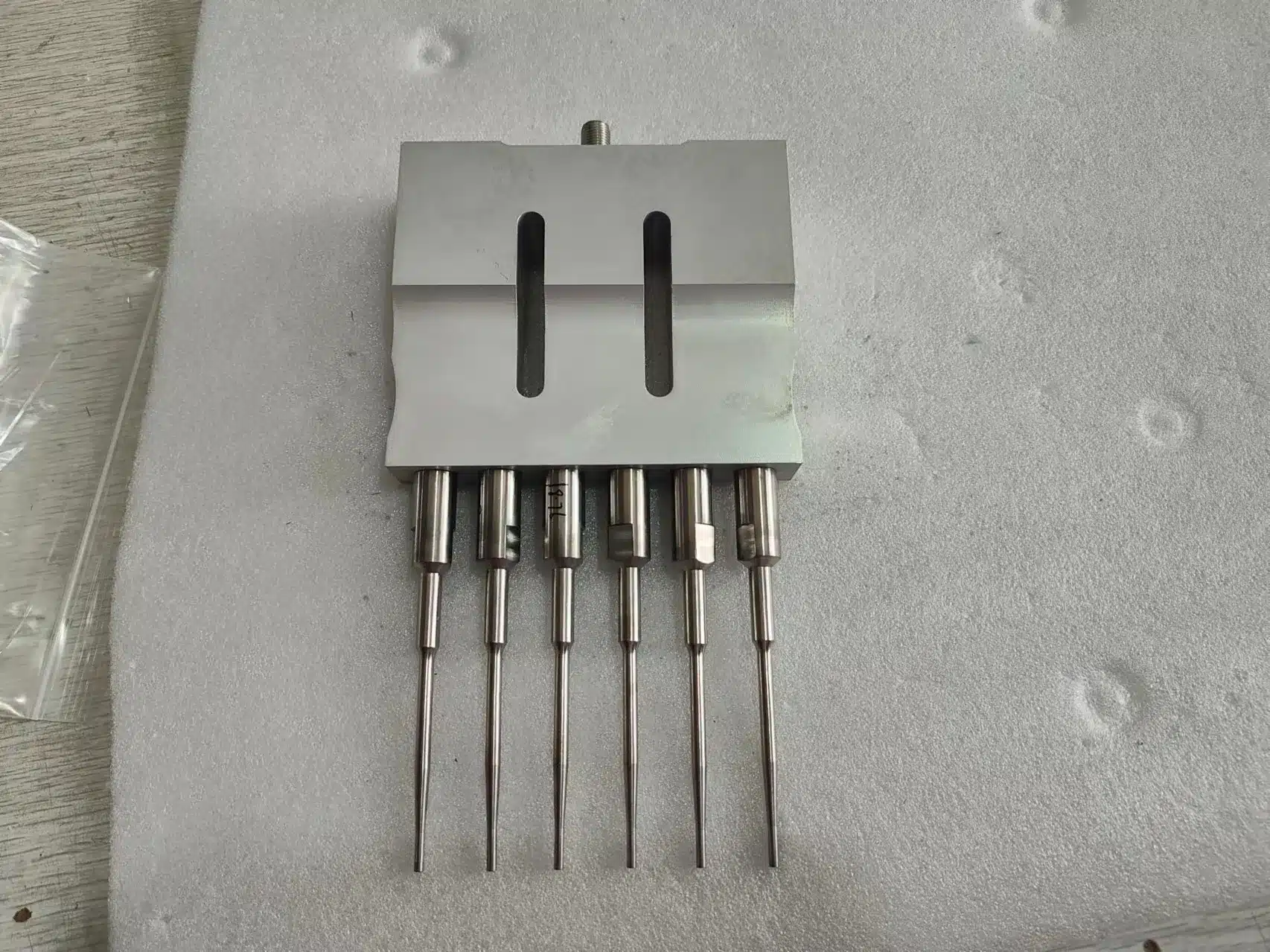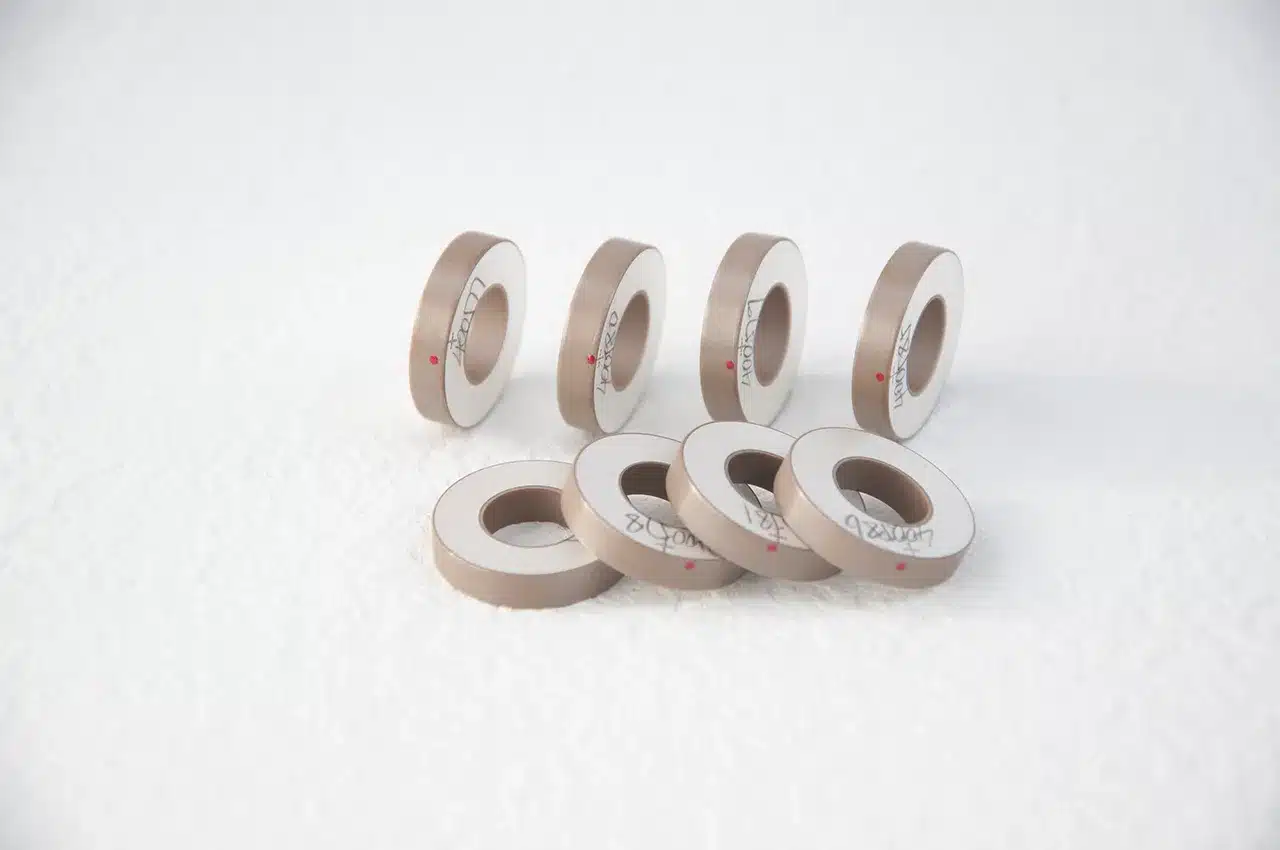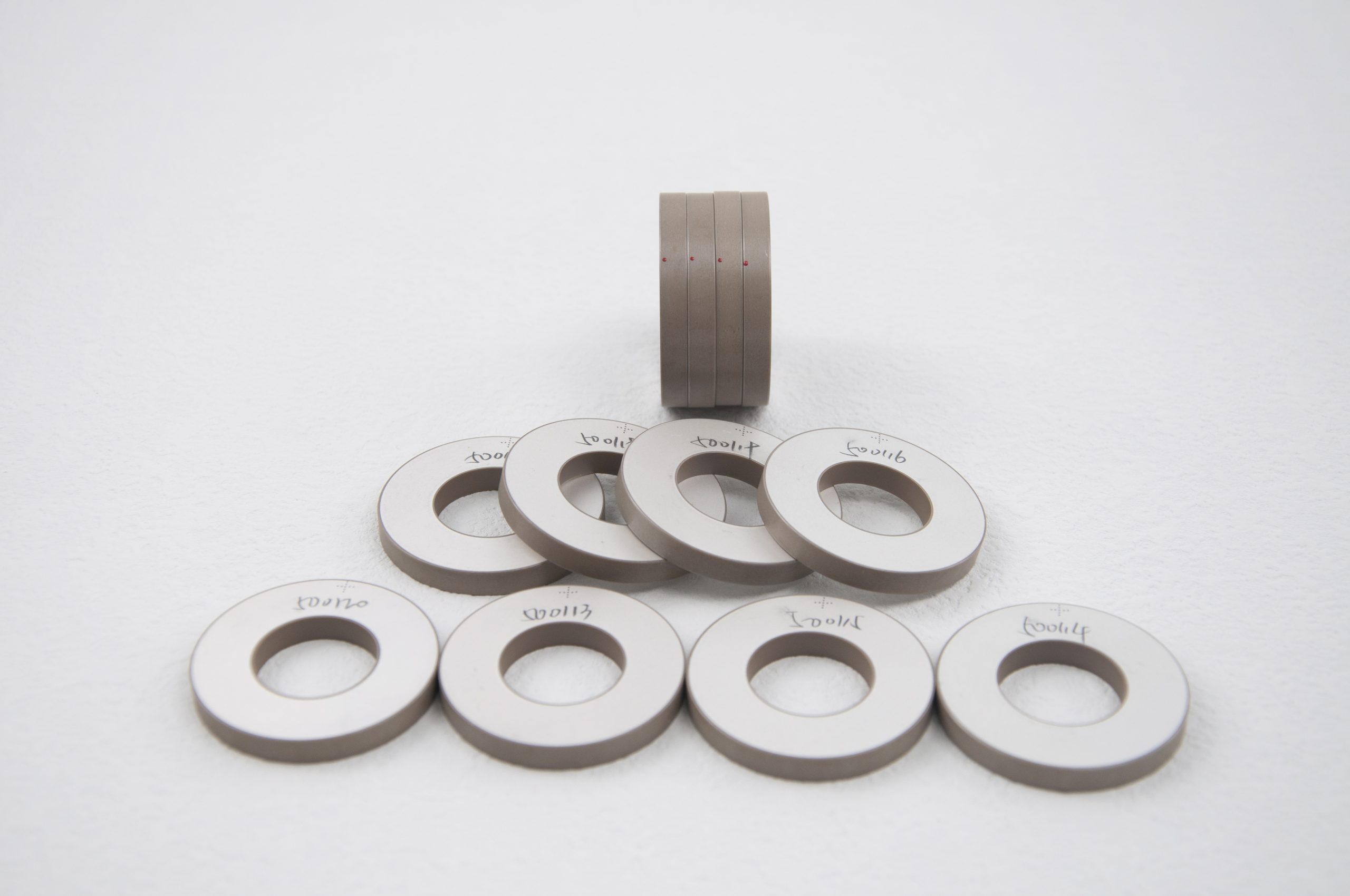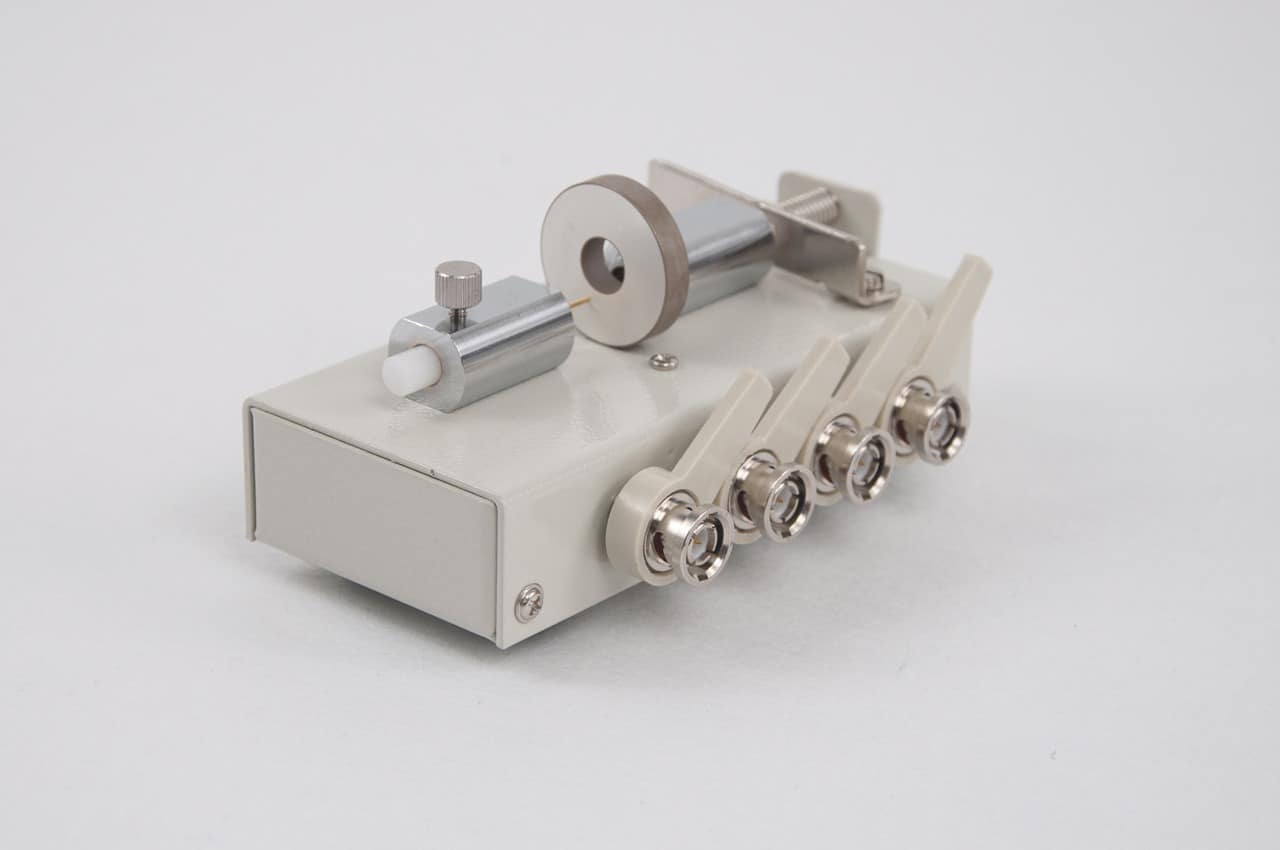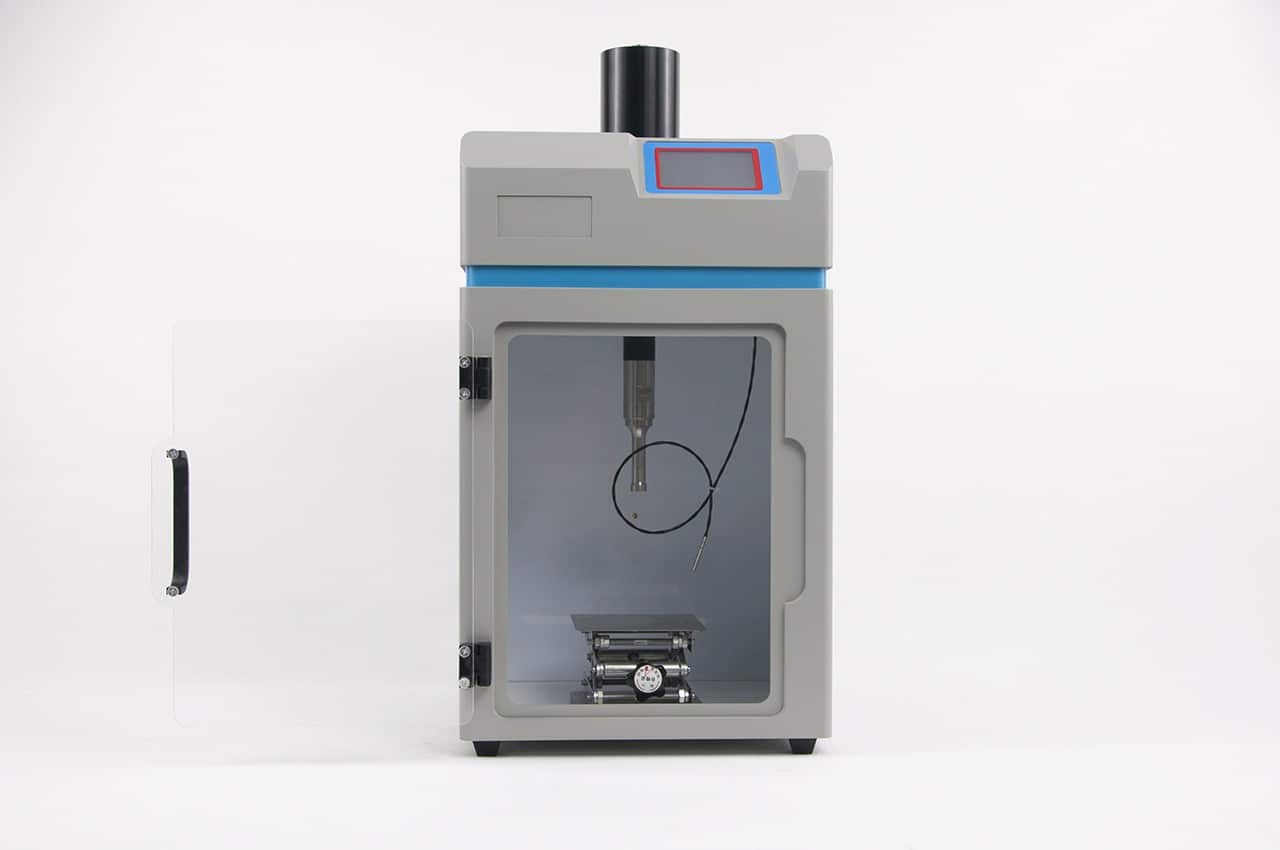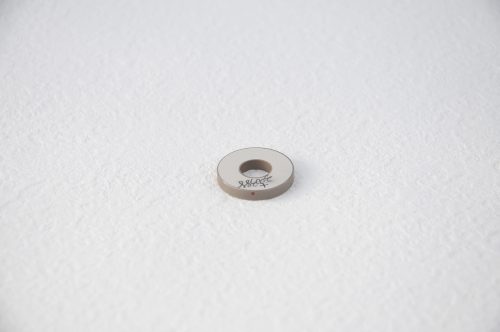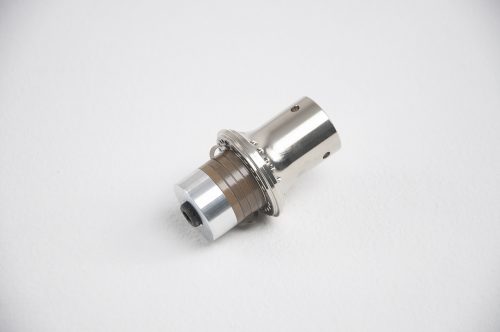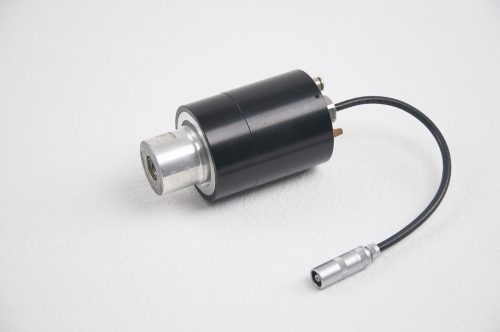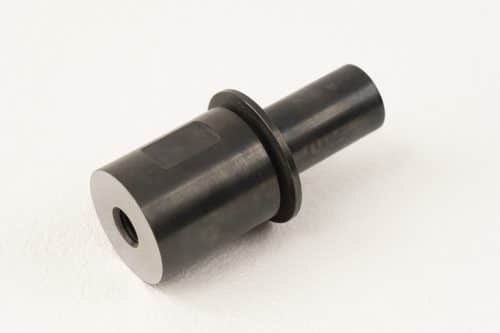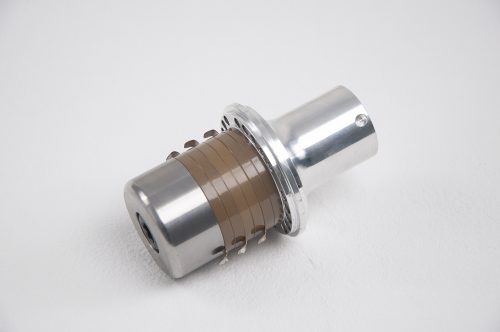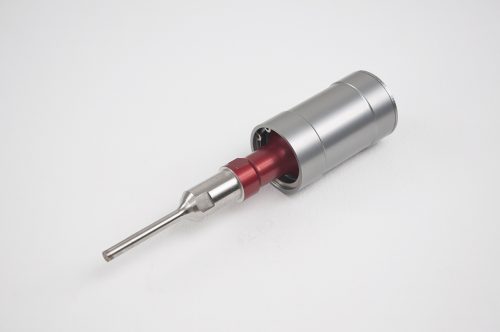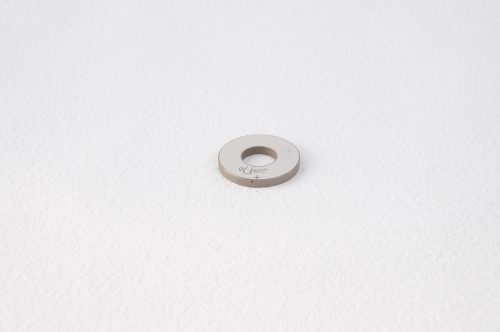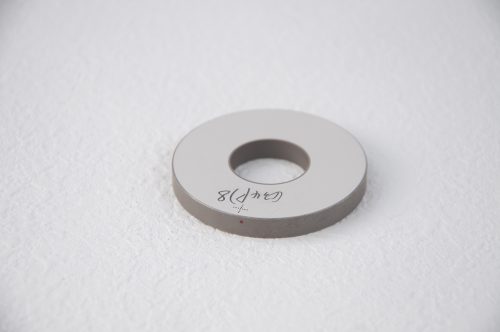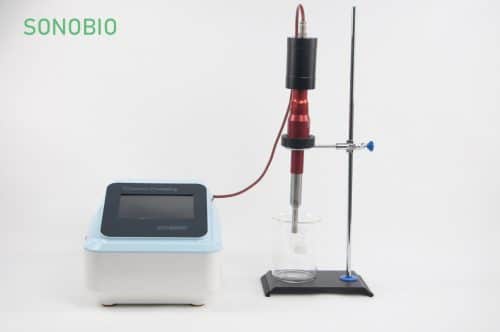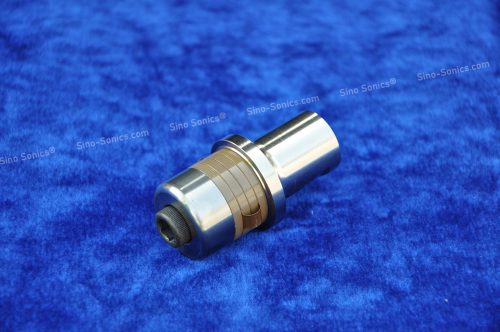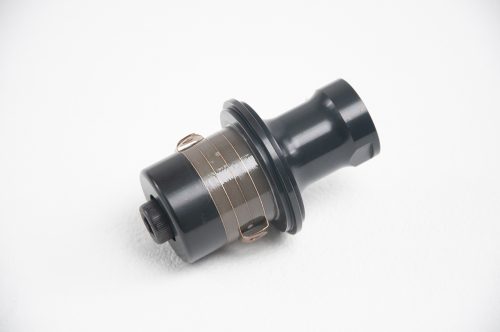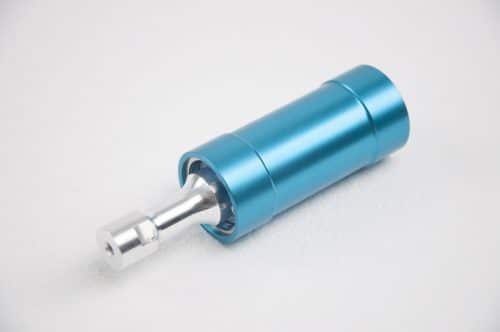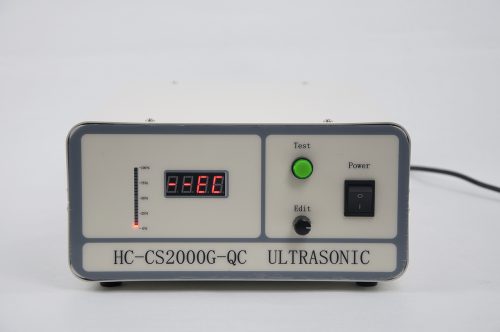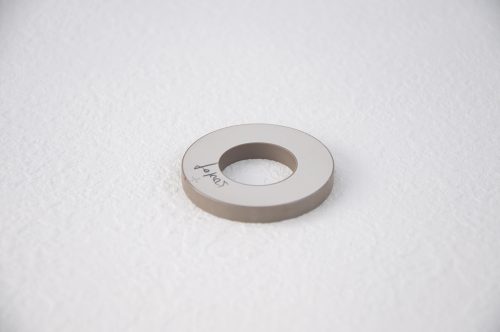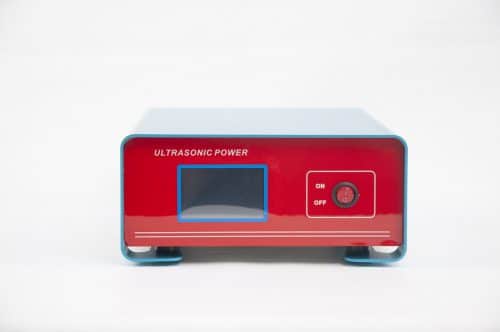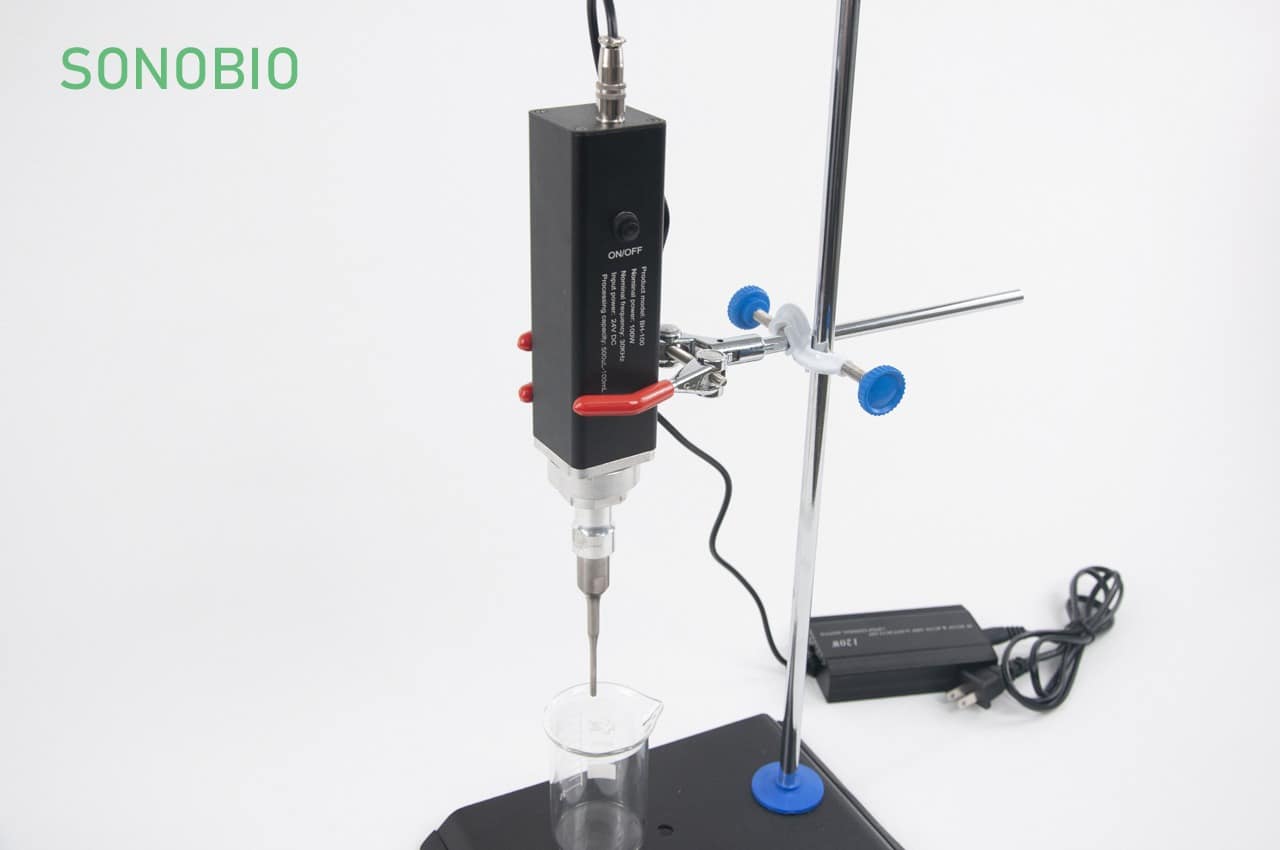
Understanding Sonicators
Sonicators are innovative devices that harness the power of ultrasonic energy, typically operating at frequencies around 20 kHz, to agitate particles in liquids. Their usage spans a broad range of applications, including mixing, cleaning, degassing, cell disruption, and sample preparation.
The Principle of Sonication
At the heart of a sonicator’s functionality is the concept of sonication. This process involves the use of sound waves to generate vibrations in solutions, leading to cavitation or the formation of vacuum bubbles. These bubbles play a crucial role in processes like dissolution, homogenization, milling, and cleaning.
Types and Applications of Sonicators
There are primarily two types of sonication devices: bath and probe sonicators. Bath sonicators distribute energy evenly and are ideal for handling large volumes, sterilizing, and degassing. On the other hand, probe sonicators deliver intense energy to the area around the probe, making them perfect for tasks requiring precision, like cell disruption and nanoparticle dispersion.
Selecting the Right Sonicator
When choosing a sonicator, it is essential to consider its intended use, specifications, and cost. The specific application, whether for cleaning, mixing, or research, dictates the type of sonicator needed. Additionally, the size and design of the device, along with its capacity to handle various sample types, are critical considerations.
Maintaining Your Sonicator
Proper maintenance is key to extending the life of a sonicator. Regular checks for fluctuations in power output and appropriate handling of probes can prevent common issues like foaming in small samples. Safety precautions, such as ear protection and careful handling to avoid burns, are also vital.
Summarizing the Sonicator’s Role
In summary, sonicators are essential laboratory tools that employ sound energy to manipulate samples in a non-invasive manner. Whether it’s for cleaning, degassing, or more intricate processes like cell disruption, understanding the type, application, and maintenance of your sonicator is crucial for its effective use.


